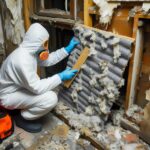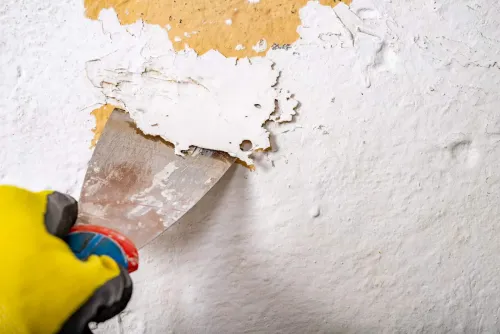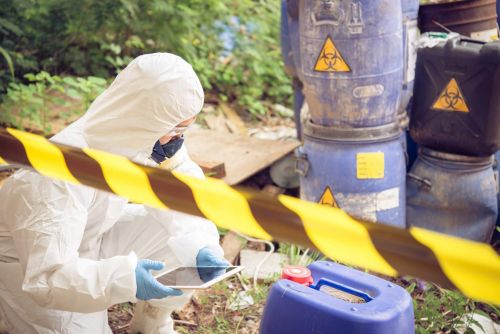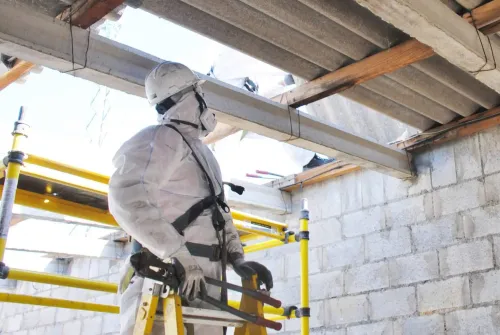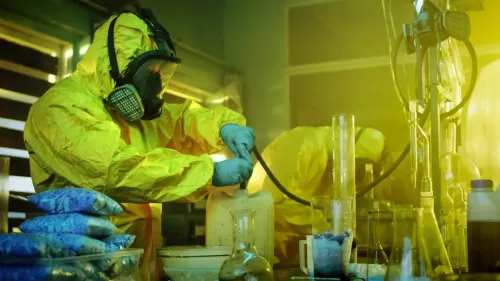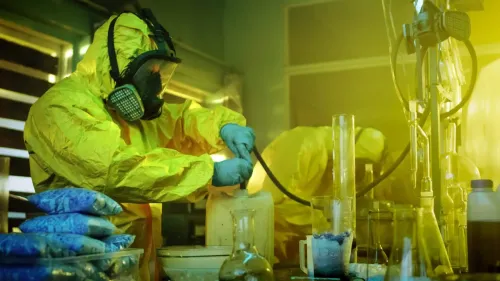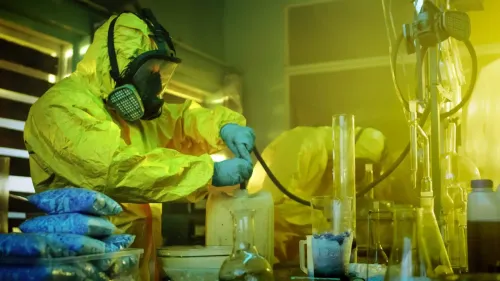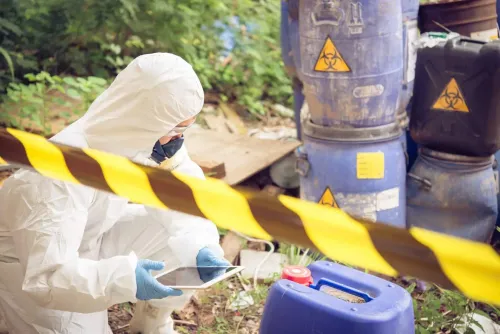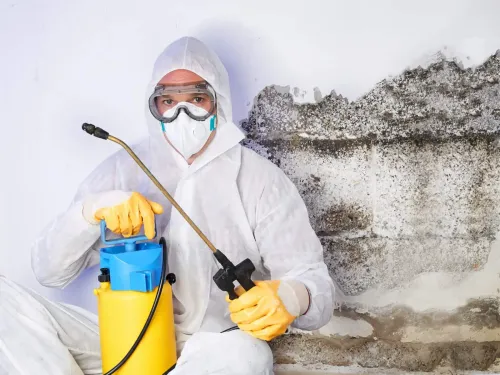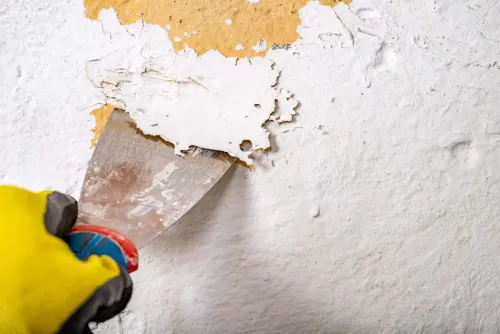What Should I Do If I Find Asbestos in My Home?
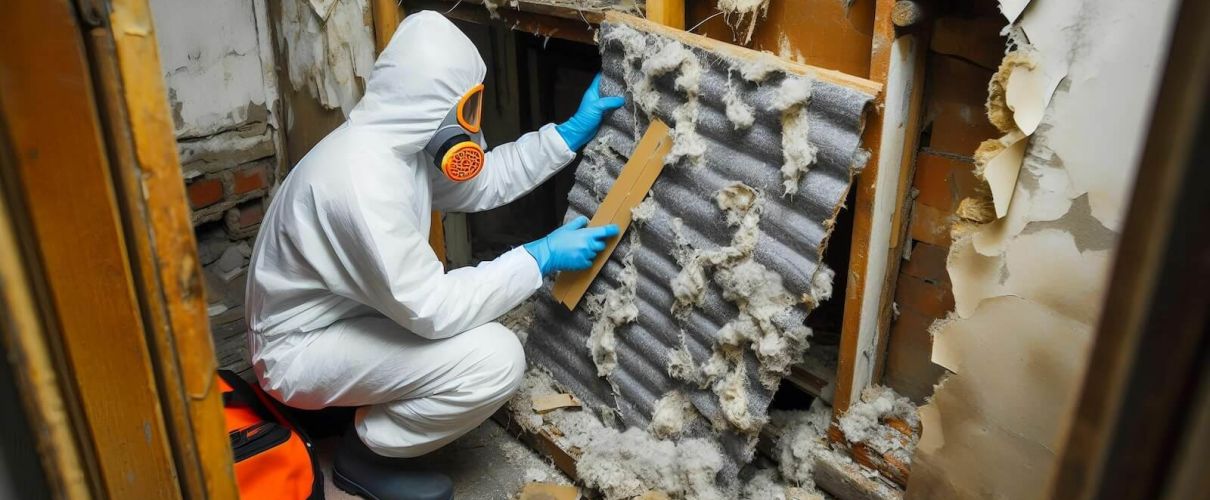
Finding asbestos in your home can be alarming, and for good reason. Asbestos, once widely used in building materials, is now known to pose serious health risks when its fibers become airborne and are inhaled. These risks include asbestosis, lung cancer, and mesothelioma. If you suspect or discover asbestos in your home, it’s important to remain calm and take the right steps to ensure your safety and the safety of your household. This blog will guide you through the essential actions you should take if you find asbestos in your home, all the way to asbestos abatement.
1. Understand Where Asbestos Is Commonly Found
Before discussing what to do, it’s crucial to understand where asbestos might be present in your home. Homes built before the 1980s are more likely to contain asbestos in various building materials, however, homes of any age may be at risk. Always test before performing any renovations or construction that may disturb these parts of your home:
- Insulation: Particularly around pipes, boilers, and attics.
- Flooring: Vinyl floor tiles and adhesives.
- Ceilings: Popcorn ceilings or textured paint.
- Roofing and Siding: Shingles and exterior siding.
- Fireproofing Materials: Used in doors, walls, and structural components.
- Cement Products: Such as cement sheets and pipes.
If your home falls into this age category, there’s a higher likelihood that asbestos-containing materials (ACMs) are present.
2. Do Not Disturb the Material
If you suspect a material in your home contains asbestos, avoid disturbing it. Asbestos is most dangerous when its fibers are released into the air, which can happen if the material is cut, sanded, or broken. If the material is intact and in good condition, it’s often best to leave it alone. Disturbing asbestos without proper precautions can increase the risk of exposure and contamination.
3. Contact a Professional Asbestos Inspector
The next step is to have the material tested by a certified asbestos professional. DIY asbestos testing is strongly discouraged, as improper handling can release harmful fibers. Instead, hire a licensed asbestos inspector who can safely collect samples and send them to a laboratory for analysis.
Professional inspectors will:
- Identify suspected asbestos-containing materials.
- Collect samples using safety protocols.
- Provide a detailed report of their findings.
Many state and local health departments maintain lists of licensed asbestos professionals, ensuring you hire someone qualified and trustworthy.
4. Decide Between Removal or Management
Once asbestos is confirmed, you’ll need to determine whether to have it removed or managed in place. Your decision will depend on several factors, including the condition of the asbestos material and your renovation plans. If in doubt, always refer to an expert’s recommendation, whether the inspector or the abatement professional.
When to Leave Asbestos in Place (Encapsulation)
If the asbestos-containing material is in good condition and unlikely to be disturbed, encapsulation may be an appropriate solution. This involves sealing the material with a protective coating to prevent fibers from becoming airborne.
When to Remove Asbestos
Asbestos removal may be necessary if:
- The material is damaged or deteriorating.
- You plan to renovate or demolish the area.
- The asbestos is in high-traffic areas where it may be accidentally disturbed.
Removal should always be handled by a licensed asbestos abatement professional to ensure safety and compliance with regulations.
5. Hire a Certified Asbestos Abatement Professional
If removal is required, never attempt to do it yourself. Asbestos abatement is a complex process that involves specialized equipment, training, and strict adherence to safety protocols. Certified asbestos professionals are trained to:
- Set up containment areas to prevent asbestos fibers from spreading.
- Use specialized tools to safely remove asbestos materials.
- Properly dispose of asbestos waste according to local and federal regulations.
- Conduct air quality testing to ensure all fibers have been removed.
Hiring professionals not only minimizes health risks but also ensures compliance with legal requirements.
6. Understand the Importance of Safe Disposal
Proper disposal of asbestos-containing materials is crucial to prevent environmental contamination and comply with legal standards. Asbestos waste must be double-bagged in leak-proof containers, labeled appropriately, and transported to a designated hazardous waste facility. Licensed asbestos abatement companies handle this process as part of their service, relieving homeowners of this responsibility.
7. Monitor the Area Post-Removal
After asbestos removal or encapsulation, it’s essential to monitor the area regularly. Periodic inspections can help ensure that the material remains intact and that no new asbestos-related issues arise. For homes where asbestos was encapsulated, check the sealed areas for signs of wear or damage.
Additionally, air quality tests should be conducted periodically to ensure that the environment remains safe and free of asbestos fibers.
8. Prevent Future Asbestos Risks
To minimize the risk of future asbestos-related issues, follow these preventive measures:
- Avoid DIY Renovations: Always consult professionals before starting any renovation project in homes of any age.
- Regularly Inspect Older Homes: Keep an eye on areas where asbestos-containing materials are present, especially after storms, leaks, or other incidents that could damage the materials.
- Educate Yourself and Your Household: Make sure everyone in your home understands the dangers of asbestos and knows not to disturb suspicious materials.
9. Know the Legal Requirements and Your Rights
Asbestos management and removal are governed by strict regulations. In the U.S., agencies like the Environmental Protection Agency (EPA), the Occupational Safety and Health Administration (OSHA), and state-level health departments enforce these rules. If you’re working with contractors or renting out a property, you have legal responsibilities to ensure asbestos safety.
Homeowners should also be aware of their rights when purchasing or selling property. For example:
- Sellers are required to disclose known asbestos hazards.
- Buyers may request asbestos inspections as part of the home-buying process.
Protect Your Home and Health
Discovering asbestos in your home can be unsettling, but it’s a manageable situation with the right steps. Whether you choose to encapsulate or remove the asbestos, the key is to prioritize safety by consulting certified professionals and adhering to all legal requirements.
At Asbestos Professionals LLC, we provide comprehensive asbestos abatement services. Our licensed team follows the highest safety standards to ensure your home is free of asbestos hazards. Contact us today at (303) 337-4839 or visit our website to schedule a consultation and learn more about how we can help protect your home and family.



